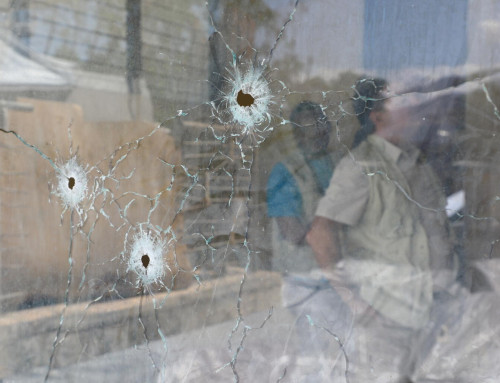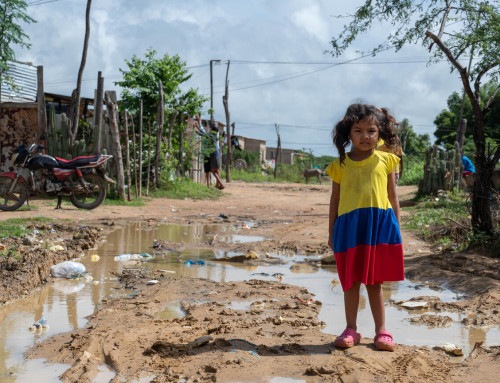Understanding the Past to Inspire the Future
Study on the Evolution of the Children and Armed Conflict Mandate 1996-2021
A new study published today takes stock of the challenges and achievements of the Children and Armed Conflict (CAAC) mandate based on 25 years of existence and suggests a renewed way forward to invigorate the protection of children affected by armed conflict based on prevention, collaboration, reintegration, and a strengthened monitoring mechanism.
The Study on the evolution of the Children and Armed Conflict mandate 1996-2021, the first comprehensive study to analyse in a holistic manner the challenges, opportunities, and successes in delivering the United Nations CAAC mandate since its creation in 1996, will be launched today during a high-level event co-hosted by Norway and other co-sponsors to commemorate the 25th anniversary of the mandate.
“We have come a long way since the establishment of the Children and Armed Conflict mandate 25 years ago. Understanding how the mandate has evolved and how it has been implemented over the years can assist the international community to better prepare the next 25 years, while providing an opportunity to renew our commitment to the protection of children from armed conflict and the prevention of grave violations,” emphasized the Special Representative of the Secretary-General for Children and Armed Conflict, Virginia Gamba.
The study was produced by the Office of the Special Representative and presents the evolution of the CAAC mandate since its inception by the adoption of Resolution 51/77 by the General Assembly in 1996. Extensive consultancies have been conducted with Member States, UN entities, and civil society organizations throughout 2021 to support and infuse the development of the study and the Special Representative is grateful to all who contributed for their valuable inputs and observations.
“The study provides a photography of the current situation of my mandate, as we mark its 25th anniversary. But it opens the window to a strengthened way forward by highlighting some collective recommendations to inspire the next 25 years, as we increase our engagement to ensure a better protection of children in situations of armed conflict worldwide,” added Virginia Gamba.
Since children are at the heart of the mandate, their voices and messages are also central to this study and have been included through focus group discussions and consultations facilitated by the Dallaire Institute, Defence for Children International, and the International Rescue Committee.
“Giving children living amidst hostilities a voice remains the core of the Children and Armed Conflict mandate, as their needs are the ones that guide us in our efforts to better protect them protecting them. Today I ask the international community to renew its commitment for conflict-affected children and do more, do better to protect them from harm, and to redouble efforts to end all violations against children in situations of armed conflict,” added Virginia Gamba
Read the Study on the evolution of the Children and Armed Conflict mandate 1996-2021
###
For additional information, please contact:
Fabienne Vinet, Communications Officer, Office of the Special Representative of the Secretary-General for Children and Armed Conflict
+1-212-963-5986 (office) / +1-917-288-5791 (mobile) / vinet@un.org
Follow us on Twitter and Facebook:
https://www.instagram.com/nochildreninwar/
www.twitter.com/childreninwar
www.facebook.com/childrenandarmedconflict






